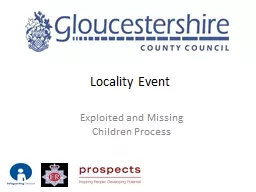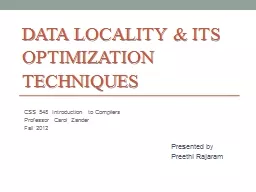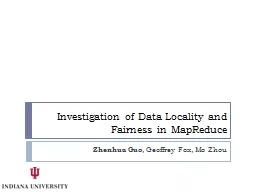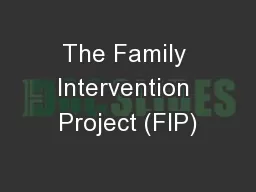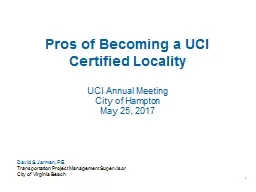PPT-Locality Event
Author : tatyana-admore | Published Date : 2018-01-15
Exploited and Missing Children Process Missing Children The Facts No exact figures for the number of children who go missing or run away but estimates suggest
Presentation Embed Code
Download Presentation
Download Presentation The PPT/PDF document "Locality Event" is the property of its rightful owner. Permission is granted to download and print the materials on this website for personal, non-commercial use only, and to display it on your personal computer provided you do not modify the materials and that you retain all copyright notices contained in the materials. By downloading content from our website, you accept the terms of this agreement.
Locality Event: Transcript
Download Rules Of Document
"Locality Event"The content belongs to its owner. You may download and print it for personal use, without modification, and keep all copyright notices. By downloading, you agree to these terms.
Related Documents

